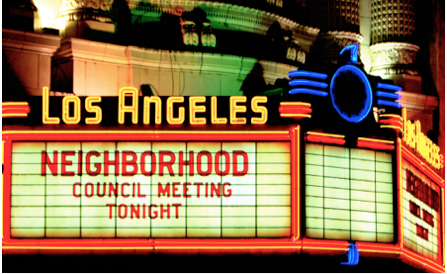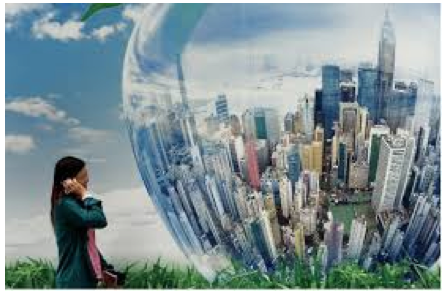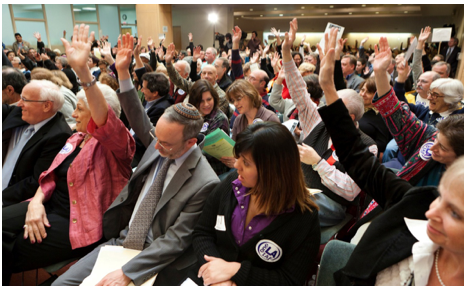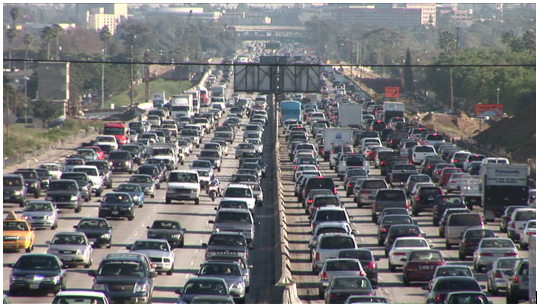Gas Taxes! Vehicle Fees! Crime! Dennis is Steamed!
RANTZ & RAVEZ-First of all, a Big RaveZ for LA City Councilman Bob Blumenfield and the Los Angeles Department of Recreation and Parks. The Woodland Hills Recreation Center located at 5858 Shoup Avenue in the West Valley has a sparkling new pool and recreation center after a long four years of meetings, delays and construction-related problems. It was one thing after another that held up construction of the facility, including contaminated soil that had to be removed and heavy rains that hit the community.





































